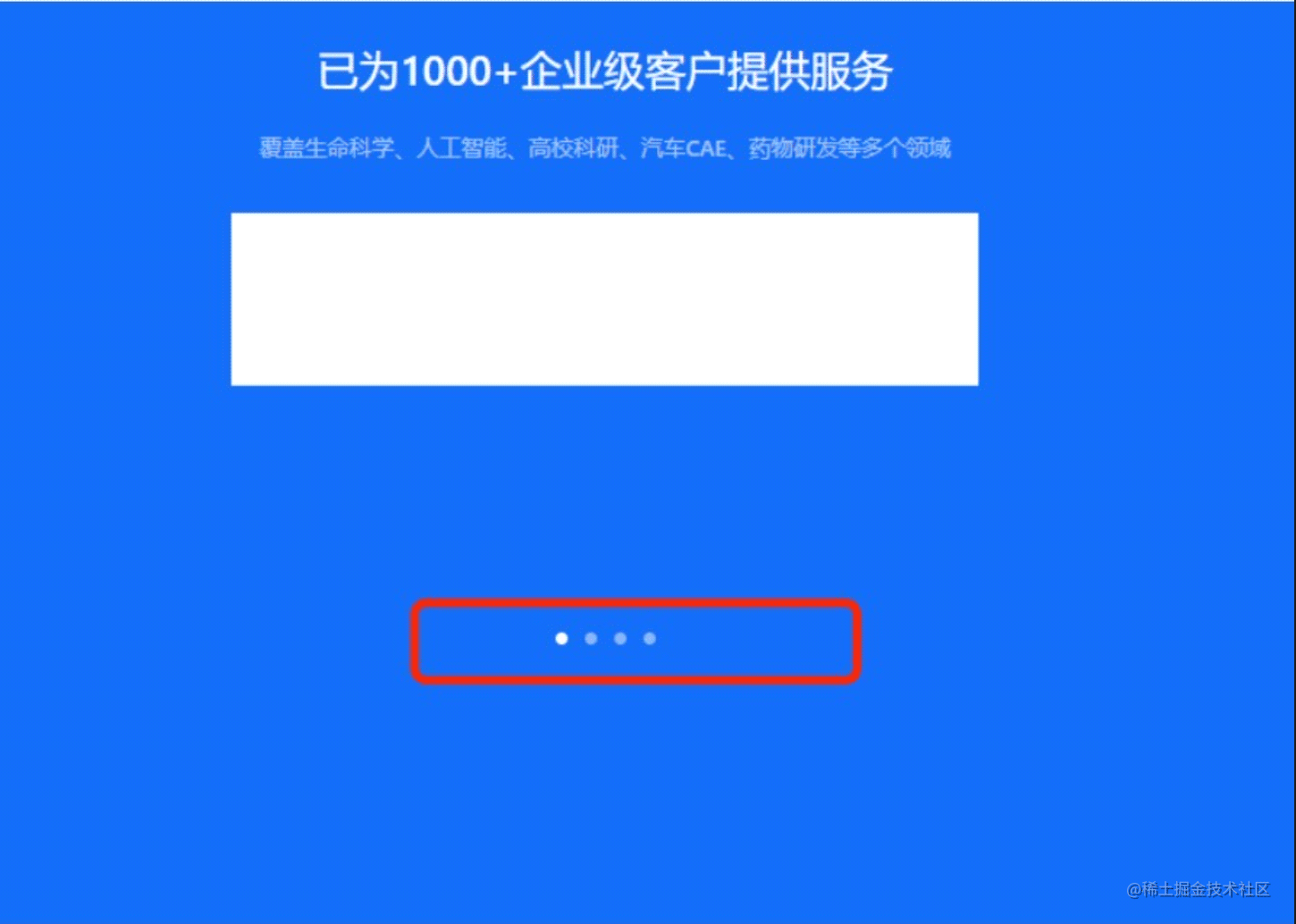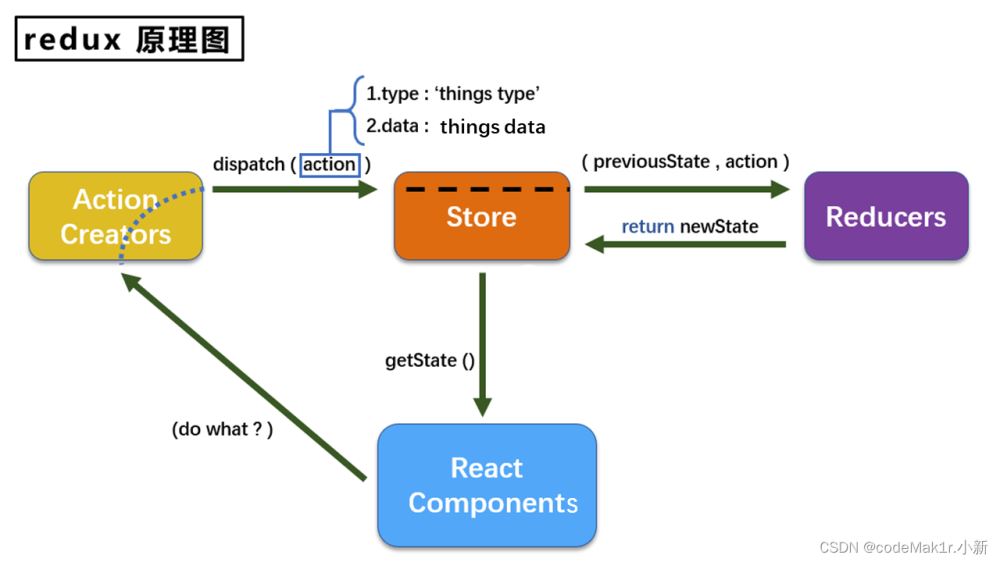最近在用react开发项目,遇到一个需求——开发一个弹框组件。在react中创建一个组件是很简单的,只需要使用class创建并引入就可以了,但是要做到可以用js调用这个组件而不是写在jsx结构里,那就需要用到ReactDOM.render这个方法了。
首先先来屡一下需求:
1、弹框里的可配置字段:标题文字,提示文字,确认和取消按钮的显示隐藏以及文字。
2、点击确认和取消按钮后,可以触发相应的事件。
3、是否为短提示,短提示的时候,确认和取消按钮隐藏,并且2s后消失。
接下来用两种方法创建一个弹框组件,并比较一下这两种的差异。
下面先来实现一个普通的写在jsx结构里的组件:
弹框组件:DialogAlert.js
import React, { Component } from 'react';
import './index.scss';
class DialogAlert extends Component {
constructor(props){
super(props);
this.state = {
alertStatus:false,
alertTitle:'提示', //标题
alertTip:'网络错误', //提示
cancelText:'取消',
confirmText:'确认',
isShortTip:false, //是否为短提示,短提示的情况下不显示'取消''确认'(且2s后消失),且优先级最高,其他配置无效
isShowCancel:true, //是否显示确认按钮
isShowConfirm:true, //是否显示确认按钮
cancelCallbackFn:function(){}, //取消 回调函数
confirmCallbackFn:function (){}//确认 回调函数
}
}
componentWillReceiveProps(nextProps) {
let options = nextProps.dialogOpt || {};
//如果是短提示
if(options.isShortTip){
options.isShowCancel = false;
options.isShowConfirm = false;
setTimeout(()=>{
this.close()
},2000)
}
this.setState({
...options
})
}
//取消
cancel = () => {
this.state.cancelCallbackFn();
this.close()
}
//确认
confirm = () => {
this.state.confirmCallbackFn();
this.close()
}
close = () => {
this.setState({
alertStatus:false
})
}
render(){
let opts = this.state;
return (
<div className="dialog-wrap" style={opts.alertStatus ? {display:'block'}:{display:'none'}}>
<div className="dialog-box">
<h6>{opts.alertTitle}</h6>
<p>{opts.alertTip}</p>
{!opts.isShowCancel && !opts.isShowConfirm ? null : (
<div>
{opts.isShowCancel ? (<span onClick={ () => this.cancel() }>{opts.cancelText}</span>) : null}
{opts.isShowConfirm ? (<span className="confirm" onClick={ () => this.confirm() }>{opts.confirmText}</span>) : null}
</div>
)}
</div>
</div>
)
}
}
export default DialogAlert;这里的数据更新用到了componentWillReceiveProps这个生命周期,当props发生变化时执行,初始化render时不执行,在这个回调函数里面,你可以根据属性的变化,通过调用this.setState()来更新你的组件状态,旧的属性还是可以通过this.props来获取,这里调用更新状态是安全的,并不会触发额外的render调用。
调用页面index.js
在state中定义可配置字段的变量
import DialogAlert from '../../widget/DialogAlert/index';
//省略了组件的js
this.state = {
dialogOpt:{
alertStatus:false,
alertTip:'我是自定义的内容',
cancelText:'取消2',
confirmText:'确认2',
isShortTip:false,
isShowCancel:true, //是否显示确认按钮
isShowConfirm:true, //是否显示确认按钮
cancelCallbackFn:function(){
alert(0);
}, //取消 回调函数
confirmCallbackFn:function (){
alert(1);
}//确认 回调函数
},
//其他数据
};在jsx中埋好对应的组件结构
<div onClick={()=>(this.alertdialog())}>点击触发弹框</div>
<DialogAlert dialogOpt={this.state.dialogOpt}></DialogAlert>添加触发事件
alertdialog(){
let opts = {
alertStatus:true
}
let _dialogOpt = Object.assign(this.state.dialogOpt,opts)
this.setState({
dialogOpt:_dialogOpt
})
}这样就完成一个普通的弹框。总感觉这样写的一个组件弹框有点冗余,复用起来也比较麻烦——在state里配置所有自定义的变量,并改动jsx结构,还需要注意写入jsx结构时弹框的层级问题。
接下来我们来实现一种可动态调用的组件:
原理是创建一个div,并插入到body里面,用这个div当容器,使用render渲染组件,通过改变组件的state来控制组件的显示和隐藏。
弹框组件:DialogAlert.js
import React, { Component } from 'react';
import ReactDOM from 'react-dom';
import './index.scss';
//调用方法
// DialogAlert.open({
// alertTitle:'提示2',
// alertTip:"页面加载失败,是否重新加载?",
// cancelText:'取消',
// confirmText:'重新加载',
// isShortTip:true,
// isShowCancel:true,
// isShowConfirm:true,
// cancelCallbackFn:function(){
// console.log('取消了')
// },
// confirmCallbackFn:function (){
// console.log("确认了...");
// }
// });
class DialogBox extends Component {
constructor(props){
super(props);
this.state = {
alertStatus: false, //是否显示提示框
alertTitle:'提示', //标题
alertTip:'网络错误', //提示
cancelText:'取消',
confirmText:'确认',
isShortTip:false, //是否为短提示,短提示的情况下不显示'取消''确认'(且2s后消失),且优先级最高,其他配置无效
isShowCancel:true, //是否显示确认按钮
isShowConfirm:true, //是否显示确认按钮
cancelCallbackFn:function(){}, //取消 回调函数
confirmCallbackFn:function (){}//确认 回调函数
}
}
//打开提示框
open = (options) => {
options = options || {};
//如果是短提示
if(options.isShortTip){
options.isShowCancel = false;
options.isShowConfirm = false;
setTimeout(()=>{
this.close()
},2000)
}
options.alertStatus = true;
this.setState({
...options
})
}
//取消
cancel = () => {
this.state.cancelCallbackFn();
this.close()
}
//确认
confirm = () => {
this.state.confirmCallbackFn();
this.close()
}
close = () => {
this.setState({
alertStatus:false
})
}
render(){
let opts = this.state;
return (
<div className="dialog-wrap" style={opts.alertStatus? {display:'block'}:{display:'none'}}>
<div className="dialog-box">
<h6>{opts.alertTitle}</h6>
<p>{opts.alertTip}</p>
{!opts.isShowCancel && !opts.isShowConfirm ? null : (
<div>
{opts.isShowCancel ? (<span onClick={ () => this.cancel() }>{opts.cancelText}</span>) : null}
{opts.isShowConfirm ? (<span className="confirm" onClick={ () => this.confirm() }>{opts.confirmText}</span>) : null}
</div>
)}
</div>
</div>
)
}
}
let div = document.createElement('div');
document.body.appendChild(div);
let DialogAlert = ReactDOM.render(<DialogBox /> ,div); //返回实例
export default DialogAlert;调用页面index.js
import DialogAlert from '../../widget/DialogAlert/index';
//省略了组件的js
DialogAlert.open({
alertTip:"加载失败,是否重新加载?",
confirmText:'重新加载',
cancelCallbackFn:()=>{
window.history.back();
},
confirmCallbackFn:()=>{
//todo...
}
})这里用到了ReactDOM.render,官方文档说这个方法目前会返回了对根组件实例的引用,所以我们可以调用到里面的open方法。但是官方文档中目前应该避免使用返回的引用,因为它是历史遗留下来的内容。为了以后的react更新迭代的兼容,我们可以省去动态插入组件的过程,改为写在jsx中,并设置ref,使用this.refs.xxx获取当前组件的实例,以便调用实例方法。
只需引入之后,直接调用就可以了。这样写的好处是解决了弹框的层级问题,也不用去改动jsx结构,其他页面复用起来更加方便快捷。
这两种方法在组件的定义上并没有很大的不同,只是在更新状态的时候有差异。第一种方法是在componentWillReceiveProps这个生命周期中监听父组件的值的变化再更新到state上,第二中方法是直接调用实例的open方法通过获取参数将值更新到state上。
以上就是本文的全部内容,希望对大家的学习有所帮助,也希望大家多多支持好代码网。





